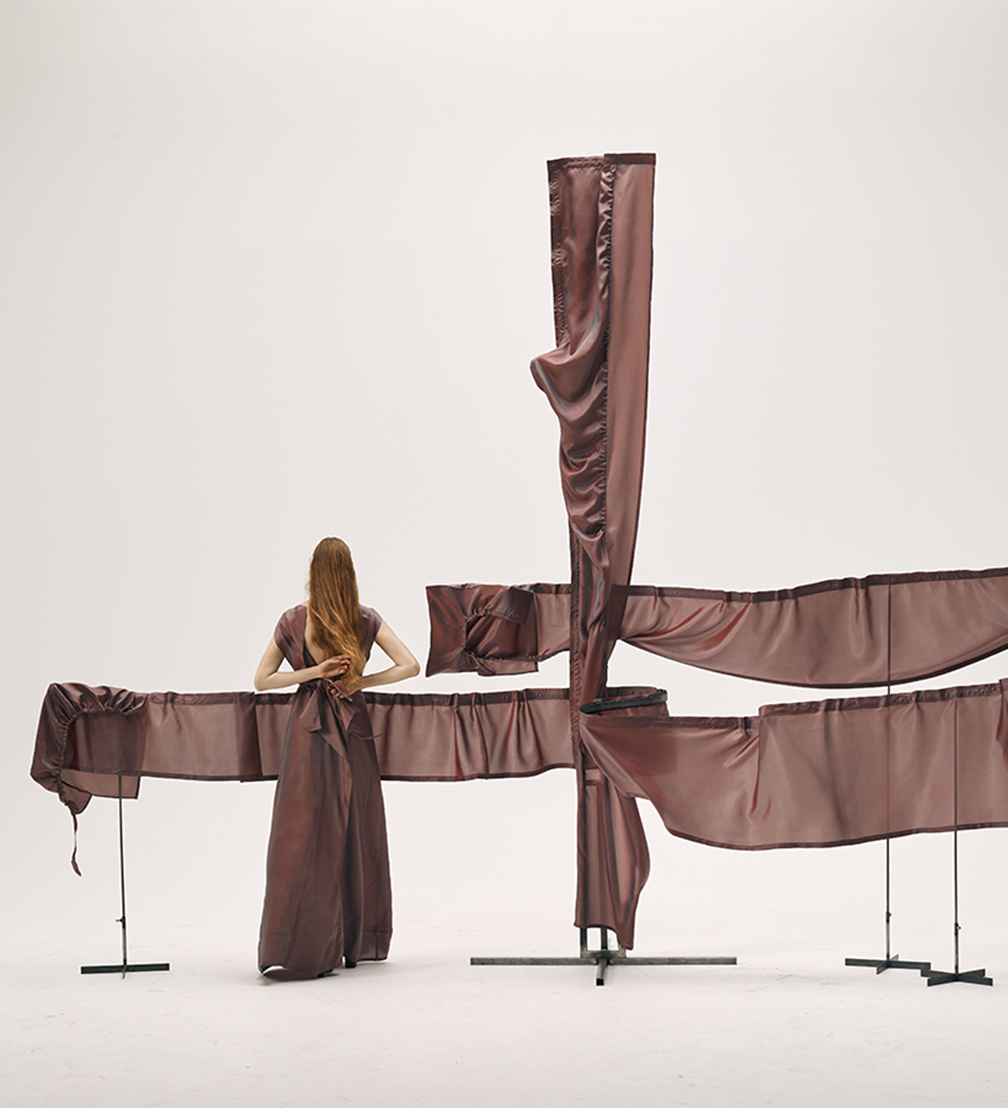
Until December 29, the exhibition Fieldwork: Invisible Exercises by the fashion designer and artist duo Mareunrol’s is on view at the Riga Art Space. This is the most extensive exhibition of visual art works by Mārīte Mastiņa-Pēterkopa and Rolands Pēterkops to date. In a short conversation with Rolands, we discuss the themes explored in the exhibition and the relationship between fashion and art.
Why is it important for you to explore the creative process through art?
With this exhibition, we wanted to achieve multidimensional communication with the public, putting the «consumer» in a much more important role, where he can not only wear or use the objects but also communicate with them on a deeper level. It was important for us to discover the phases of a creative work, playing with the tools and elements that are familiar to us — whether it is a video that reflects on the digital world, a garment that rather expresses the narrative of a painting, or a finished «product» like scarves that captures the behind-the-scenes of our work.
The exhibition and its title, Invisible Exercises, are also a commentary on the process of work that we choose to show or not to show. There are things we choose not to show because the process of showing itself becomes another form of activity, where you are not really working but showing yourself on digital platforms. The exhibition is also an encouragement not to draw conclusions before you understand a particular field. When we criticise, we rely too much on external forms without looking into how much time and energy the work has taken. I want to underline that the exhibition is not just about us but about the process of every creative person and its various stages, which we pass through to see the light at the end of the tunnel.
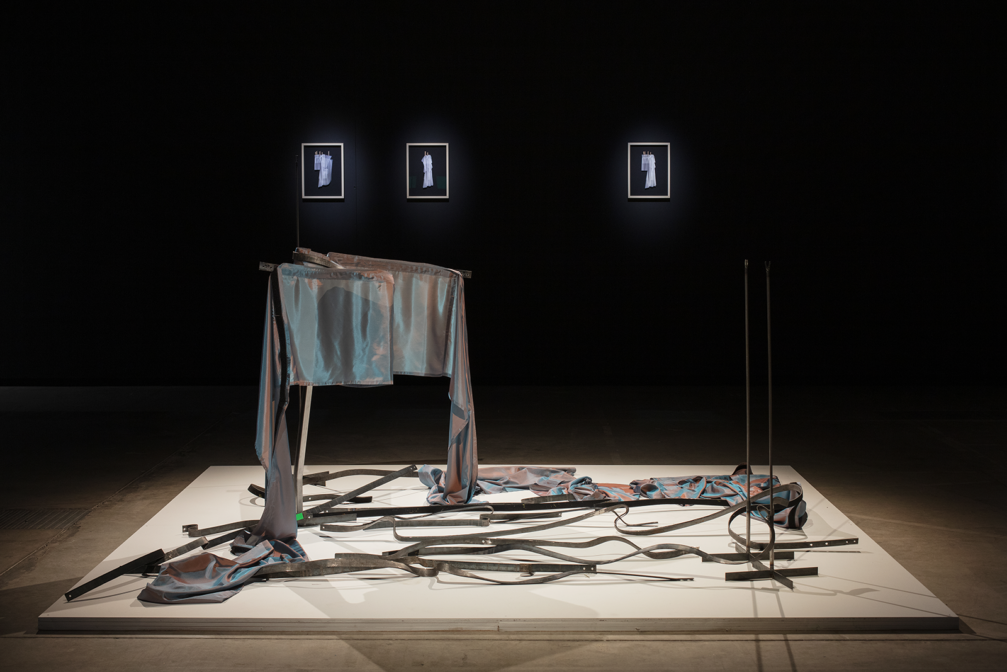
Do you distinguish between design and art in your work?
In our work, they are one and the same, just with a different message and working process. Design often lives in the beauty of today and is afraid to step into the unknown. That’s not interesting for us — we usually want to take risks and seek new insights into beauty, even if we are misunderstood. If you go through certain phases when creating design, it can also be true, simple, and inspire you to see a better future. This brings to mind the old saying by Margiela that «fashion is not art», to which I always want to object, that art is not only what we create purely aimlessly and emotionally. Art, for me, is things that we consciously sum up with a message, and design can also serve to abstractly present our thoughts. Material, fabric, sound, photography, photo collage, sculpture, or video — by summing up these means of expression and putting them in a new light, fashion can become a medium for an artistic narrative. We want to find an art form where fashion is the driving force to talk about what is relevant today, with the aim of fostering new discoveries, states of consciousness, and a conversation between the observer and the object seen and with oneself.
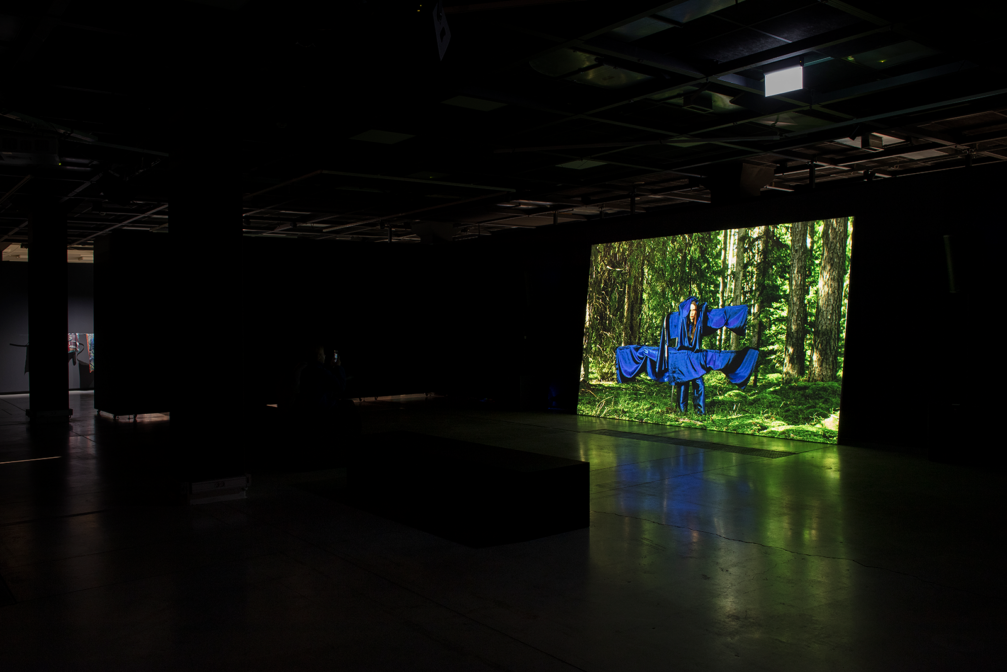
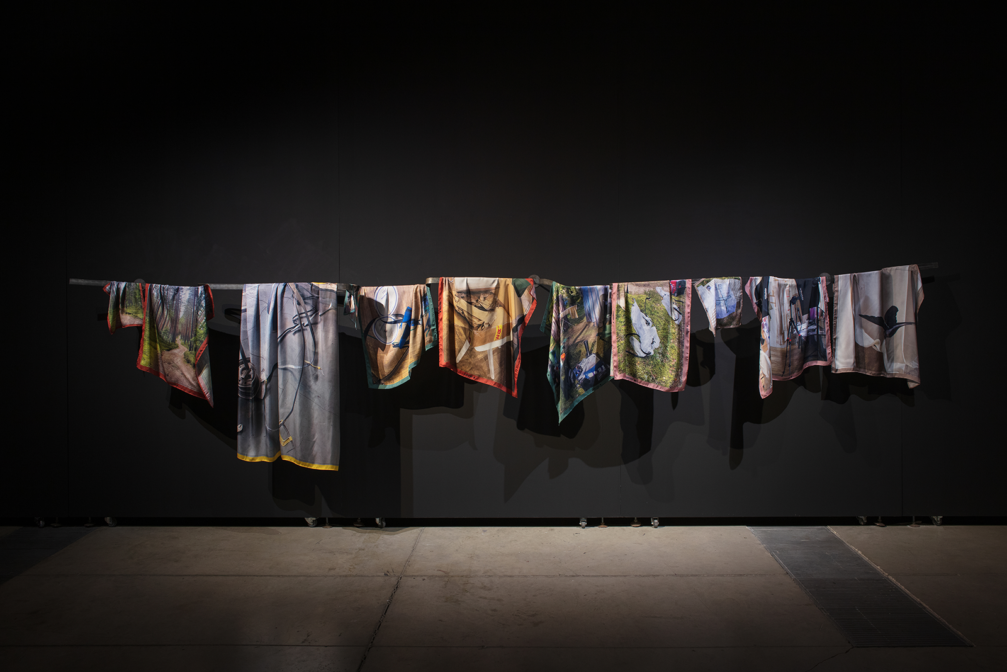
What is your perception of fashion in general?
Fashion is a tool of contemporary consciousness and communication. I teach a course at the Estonian Academy of Arts where students reflect on today’s reality and draw conclusions about where we are going in the future, thinking about how to dress it in shapes, materials, sounds, and tastes to create things that will be interesting in a year or two. It may sound hectic, but fashion is about knowing everything — the more you know, the more you can play with fashion and offer new perspectives. The consumer is not always wise enough to get the whole message, but fashion is about capturing these things with ease. The pace of consciousness is also important in this field. It’s a battle to see who can show something new first, and it takes a lot of resources. It is important for us to look for new ways of presenting fashion so that it is not the case that only the children of rich parents can create their collections and speak through fashion.
The exhibition doesn’t show fashion in the traditional sense, but there are many elements of garment design present, such as the drape of the fabric and the attention to details like buttons and seams. What is the importance of craft in your work?
These elements are important narrators in our work, especially in the fine arts. A buttonhole sewn shut, a ripped button, or a folded back collar — all these details, like the wrinkles in our faces, allow us to see the humanity in our works and carry a message. Is the slumped trenchcoat really a trenchcoat, or is it a person who is exhausted by life?
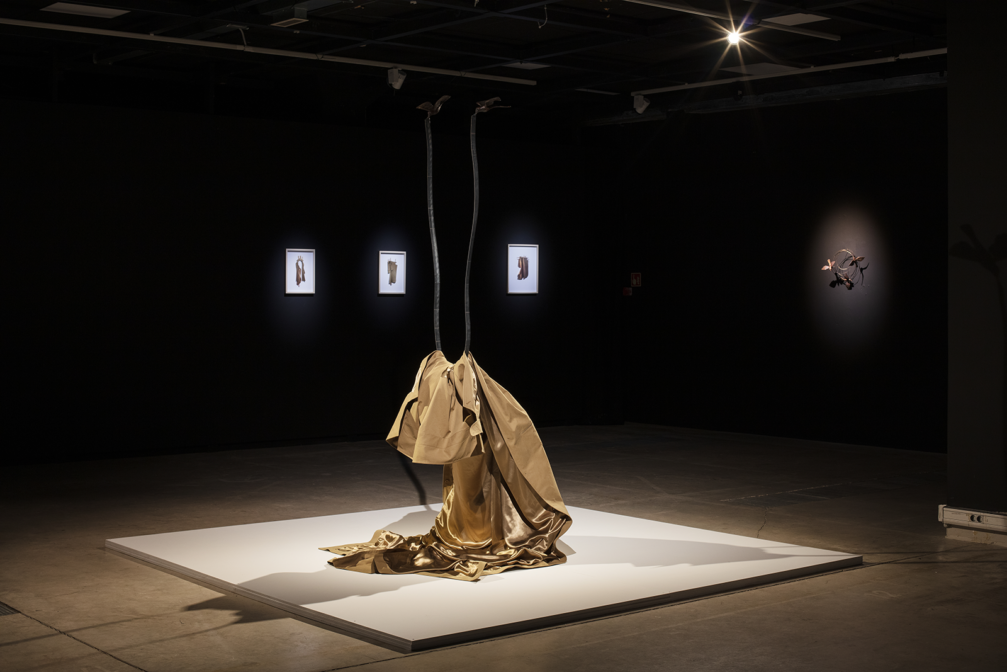
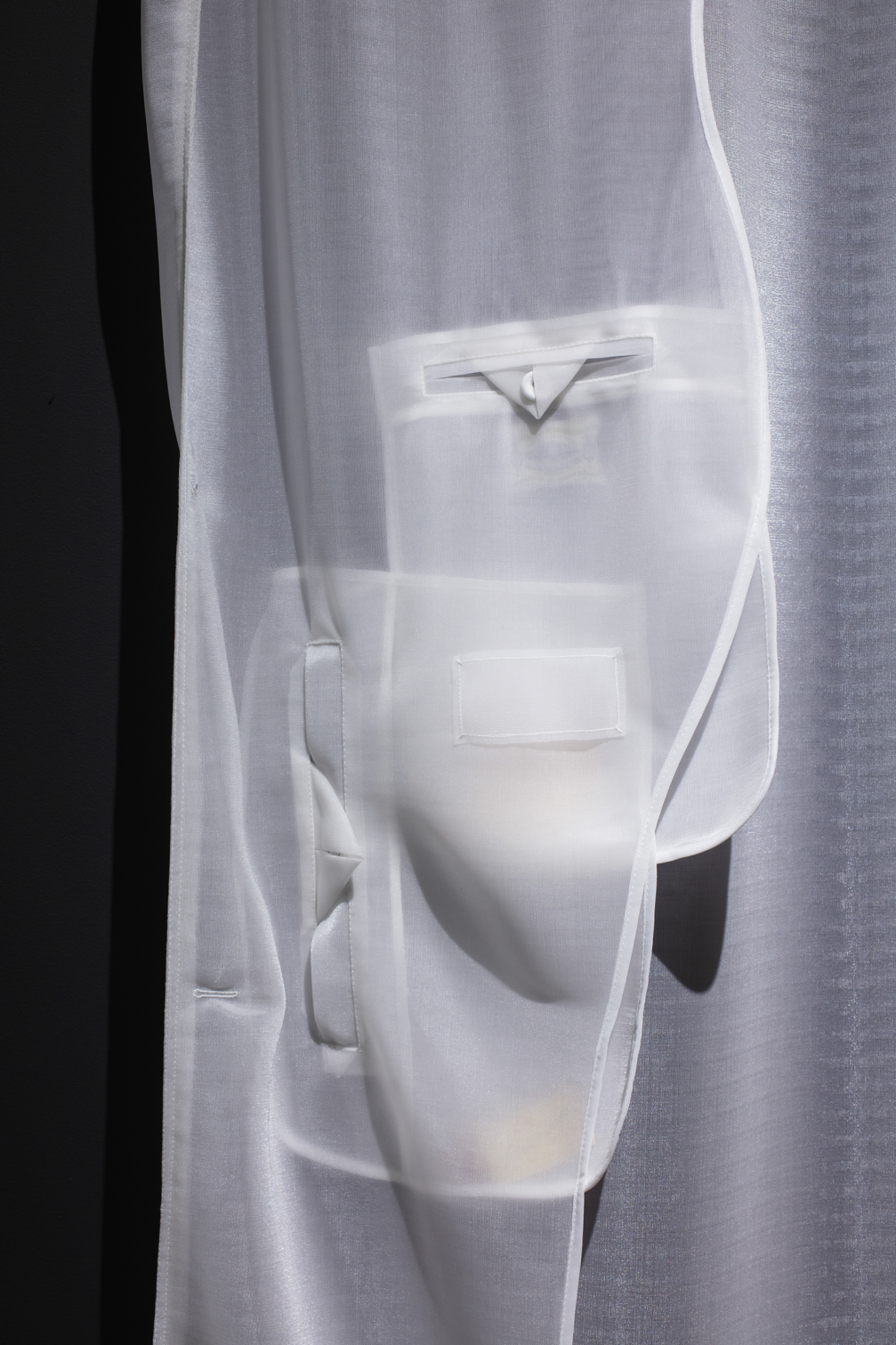
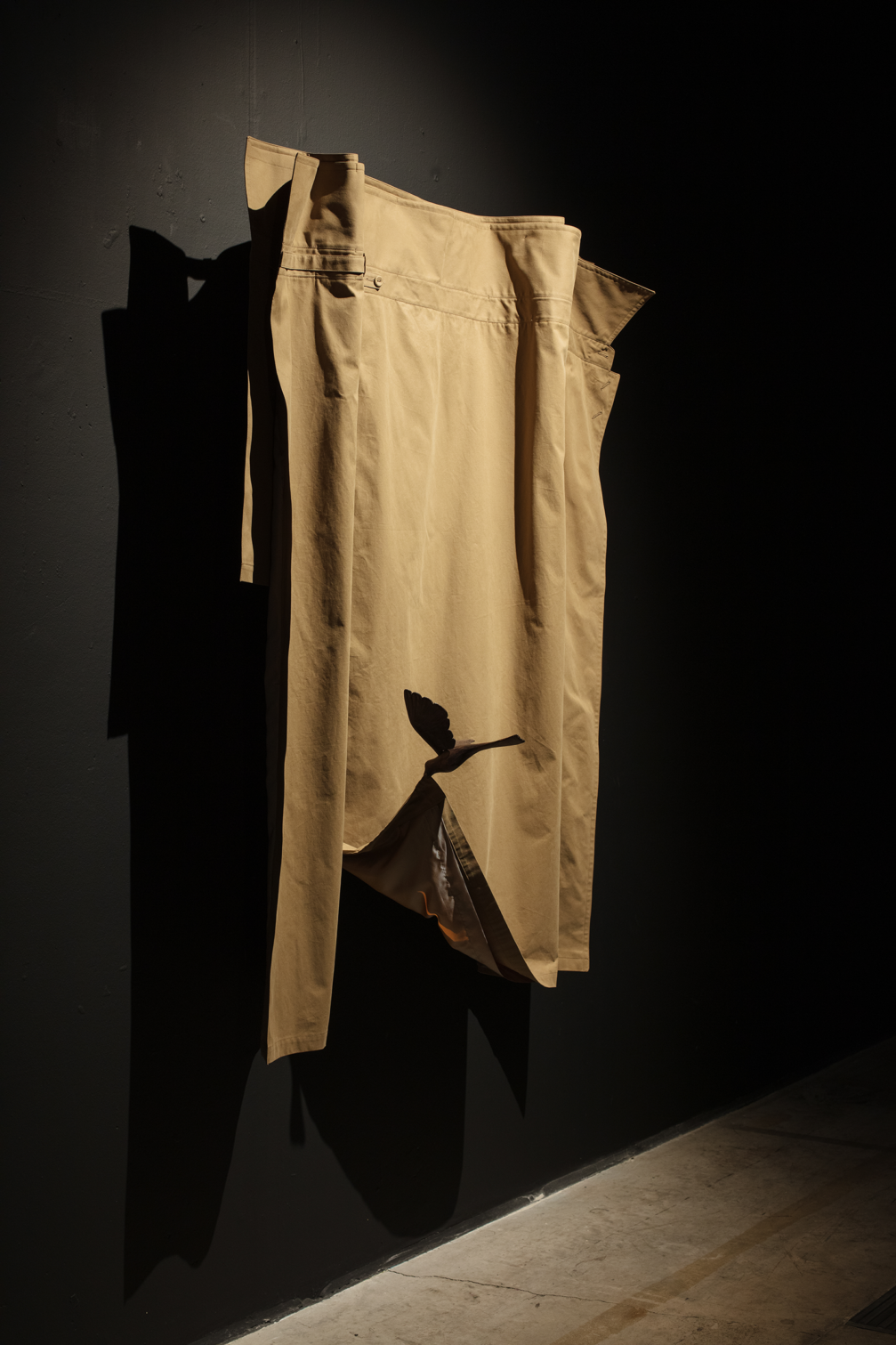
The exhibition also speaks about space. What makes up your workspace?
It is important for us to discover new spaces. There is a crooked railing in the exhibition, which tells us about exercise. If you exercise, you evolve and enter a new space. It is all about continuous practice — you have to be in shape all the time and be aware of things that are happening. Sometimes you can feel information at your fingertips that is important to express in order to get further into a new space. You can’t «live in the woods» because fashion is made for society. However, nature allows us to mend the «railing» that have become crooked by the struggles, doings, and issues of the urban environment. Nature is a meditative space. In the video works of the exhibition, too, a person tries to inhabit those abstract objects, to arrange their «railing».
Mareunrol’s are design boundary pushers and boundary breakers at the same time. Thinkers and storytellers who take clothing and fashion beyond its usual functionality, using it as a thread to explore the world and the self. The exhibition Fieldwork: Invisible Exercises is on display at the Riga Art Space until December 29. The curator of the exhibition is Auguste Petre.
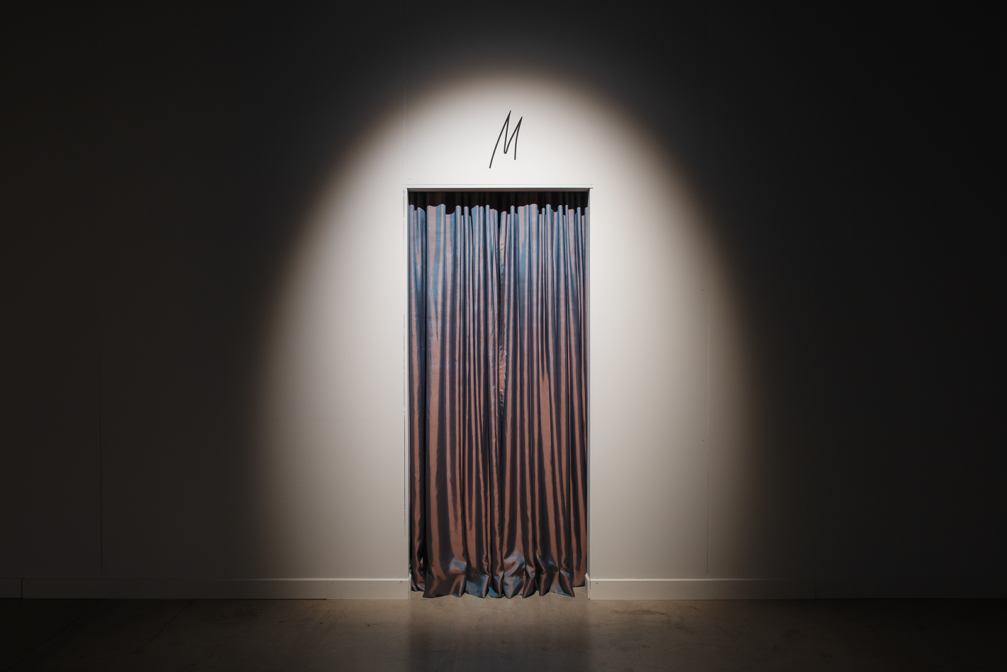
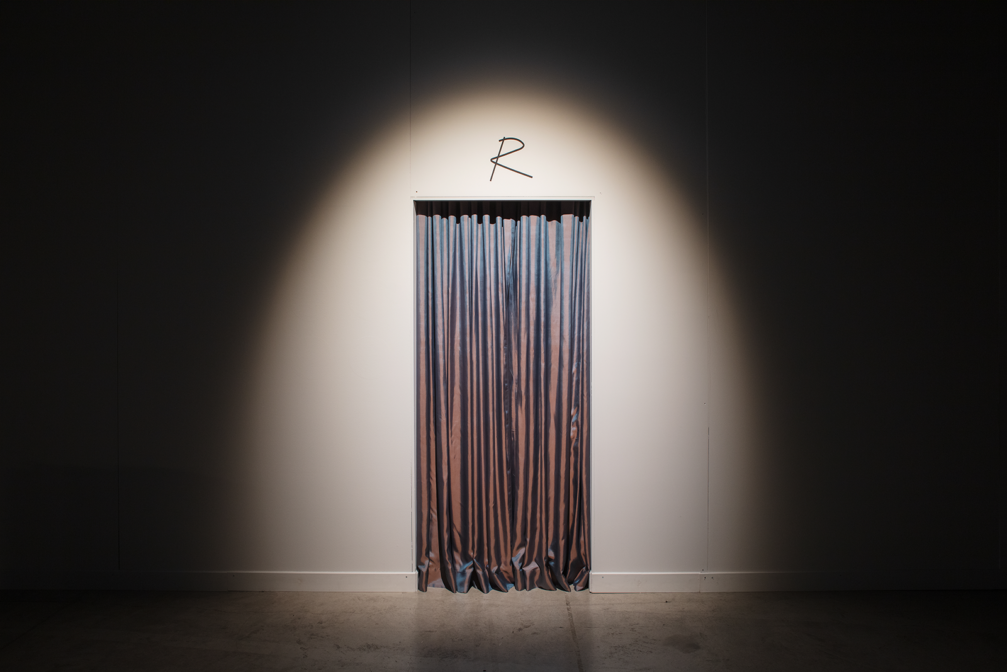
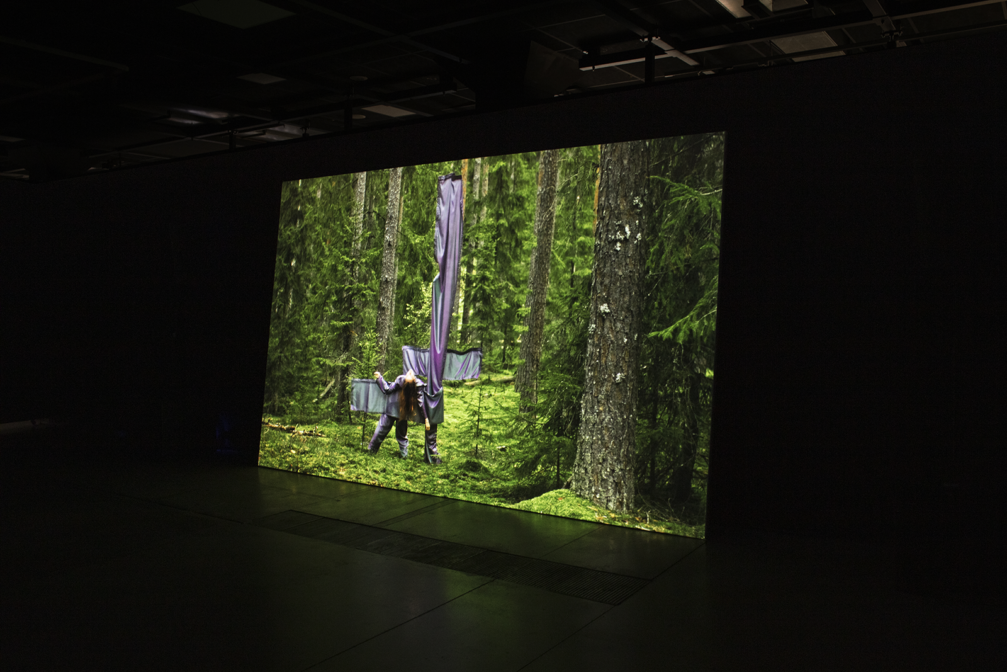
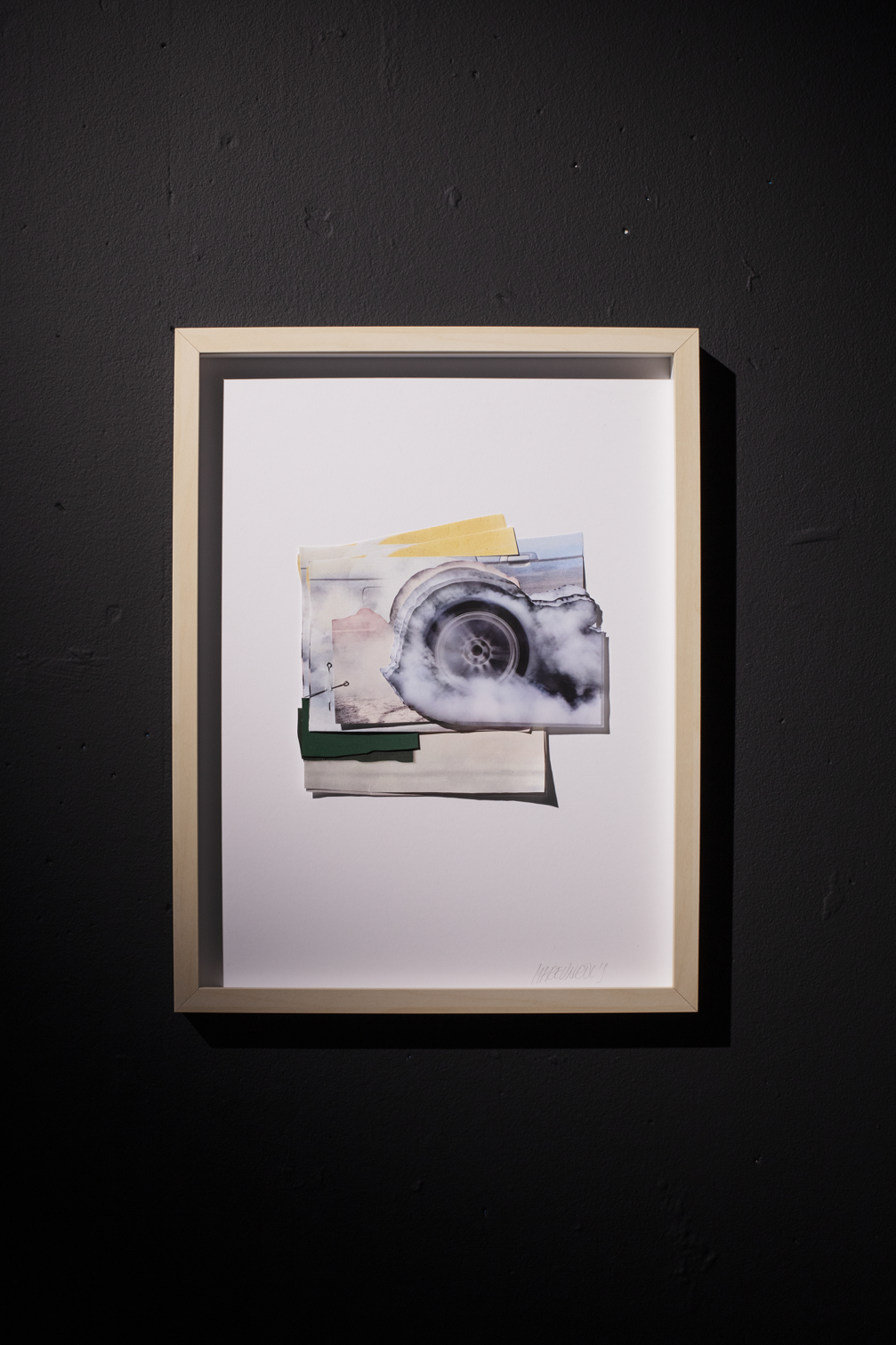
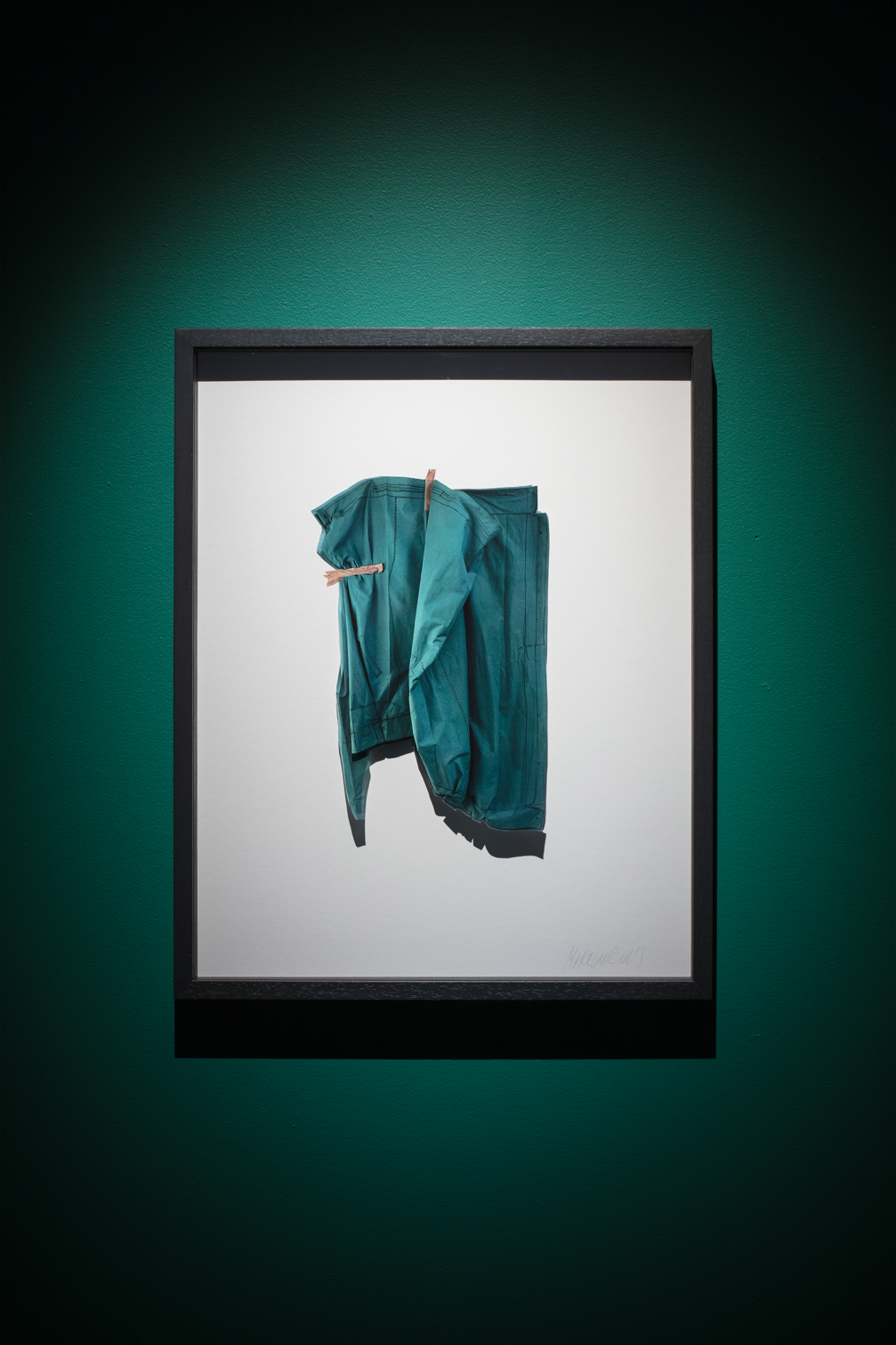
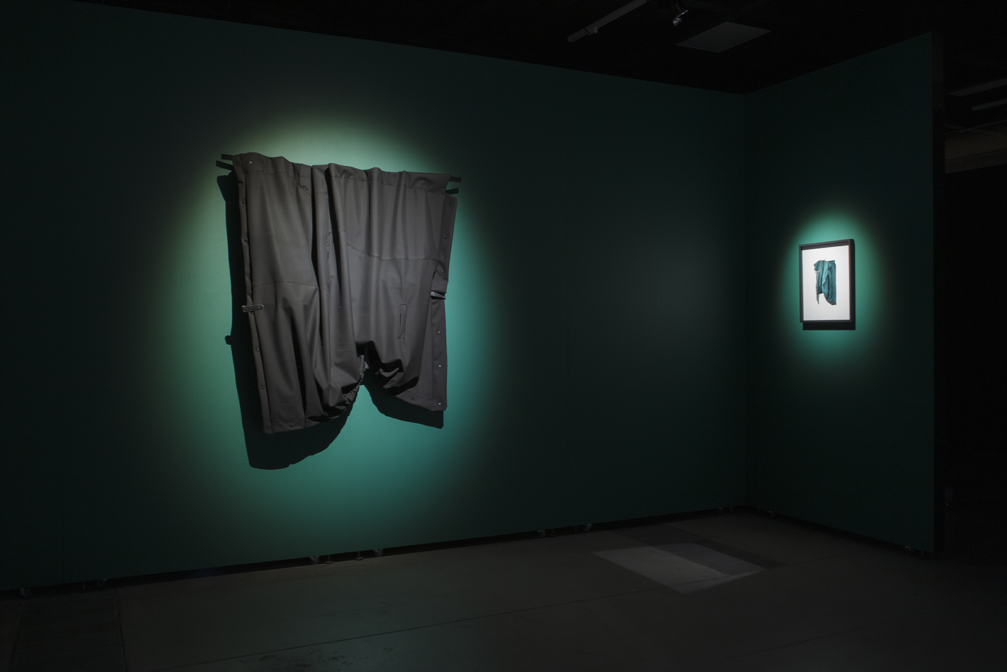
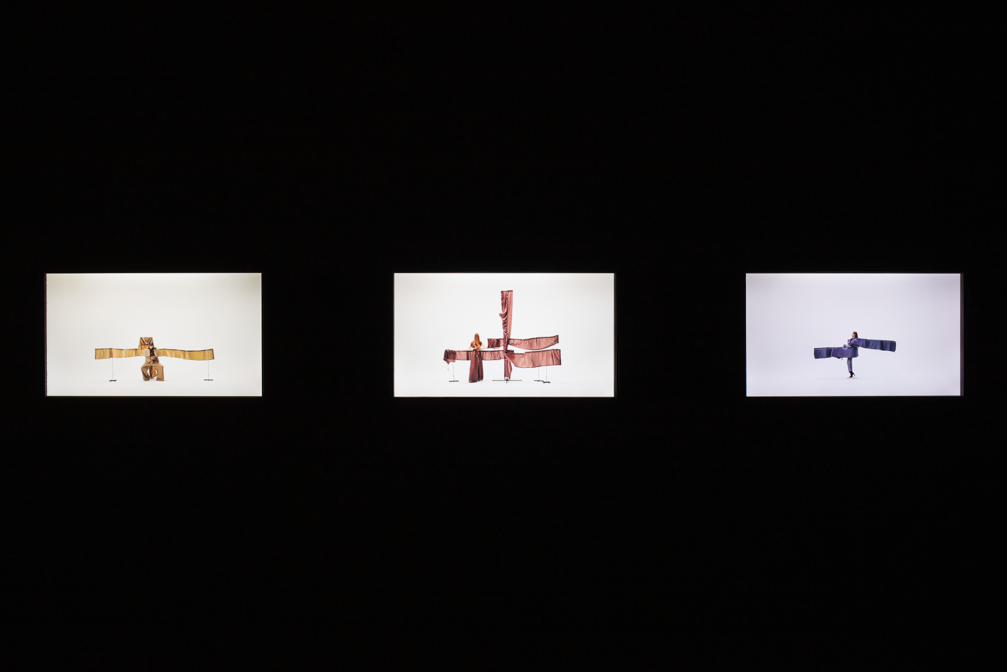
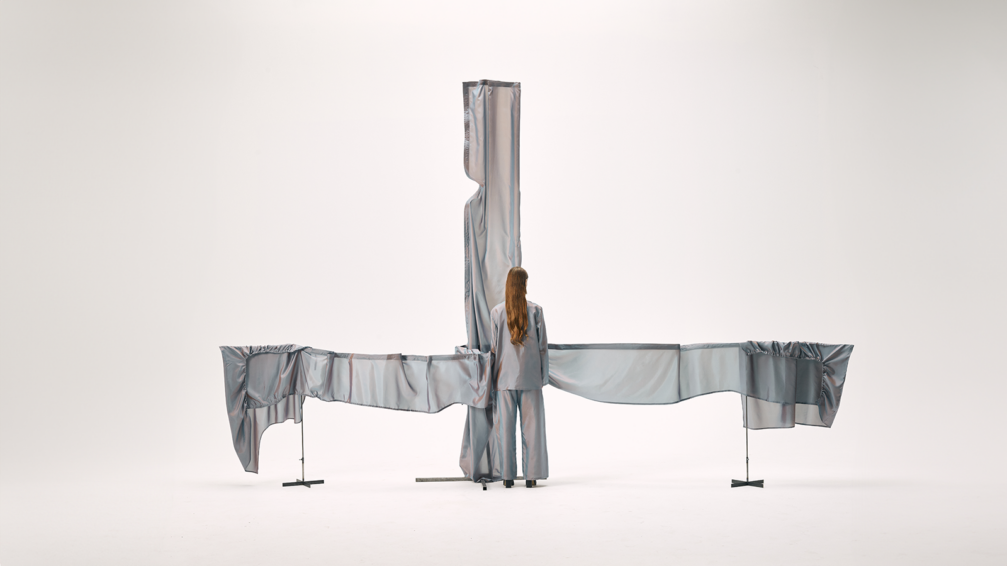
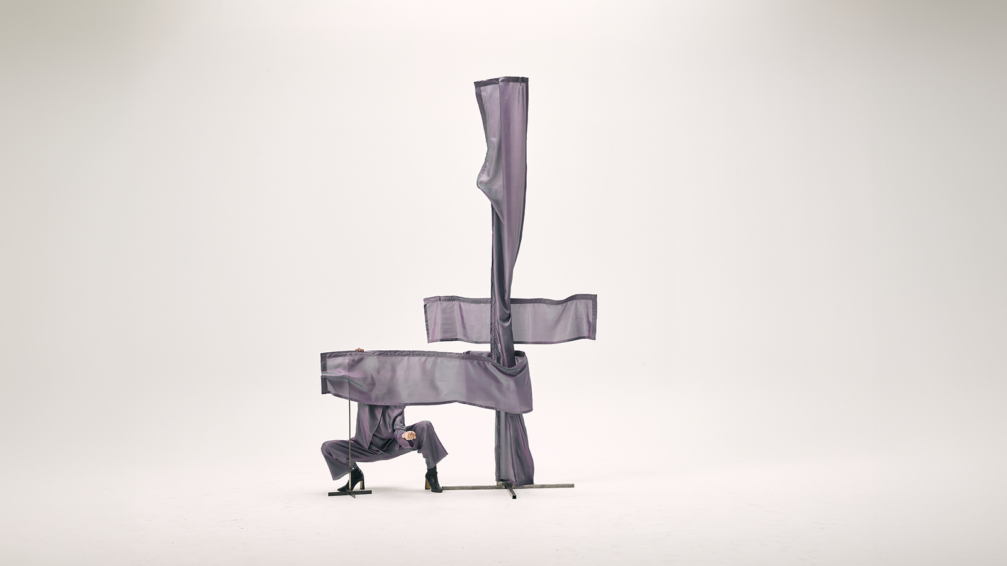
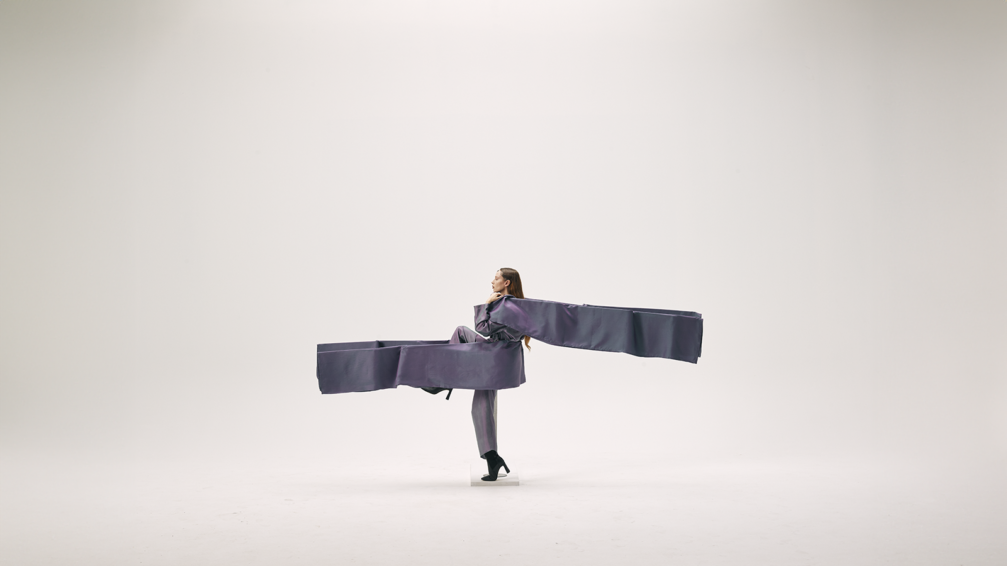
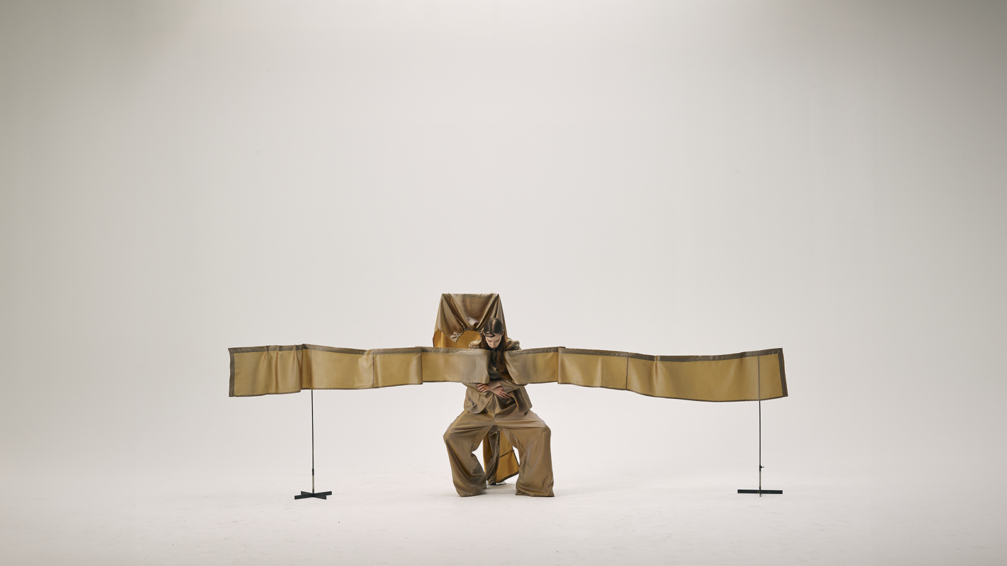
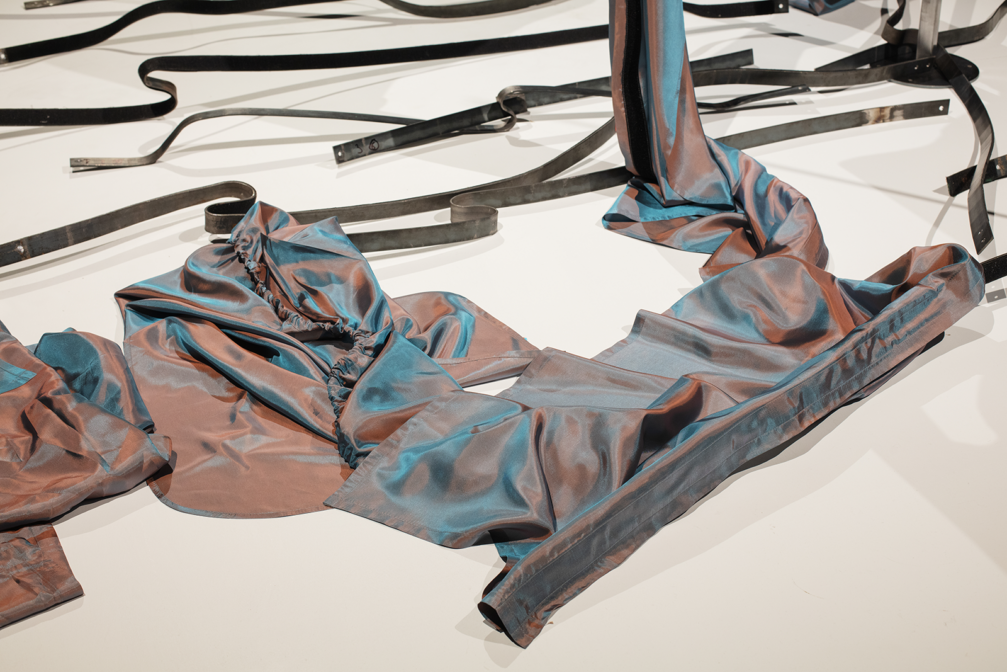
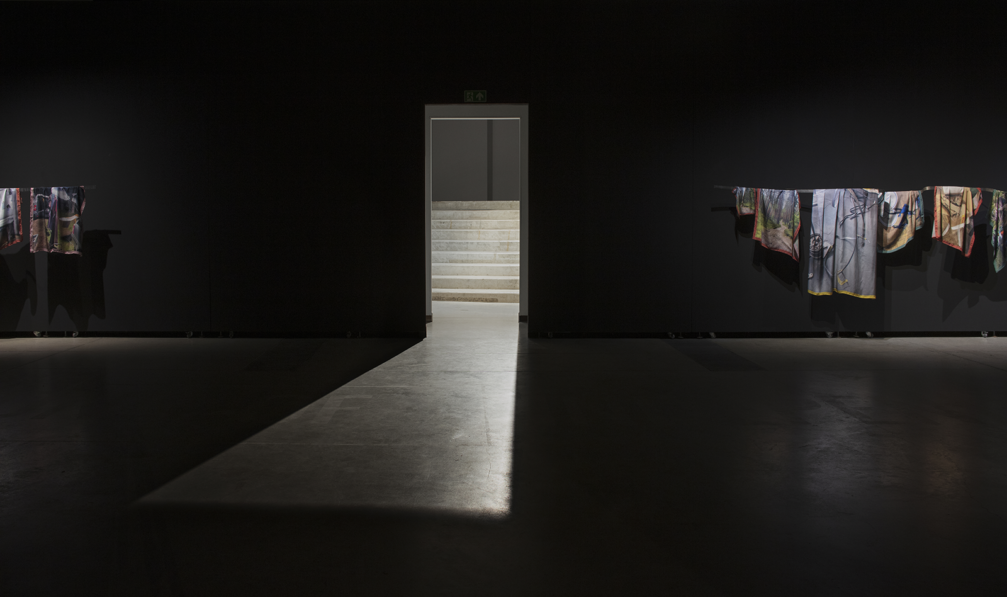
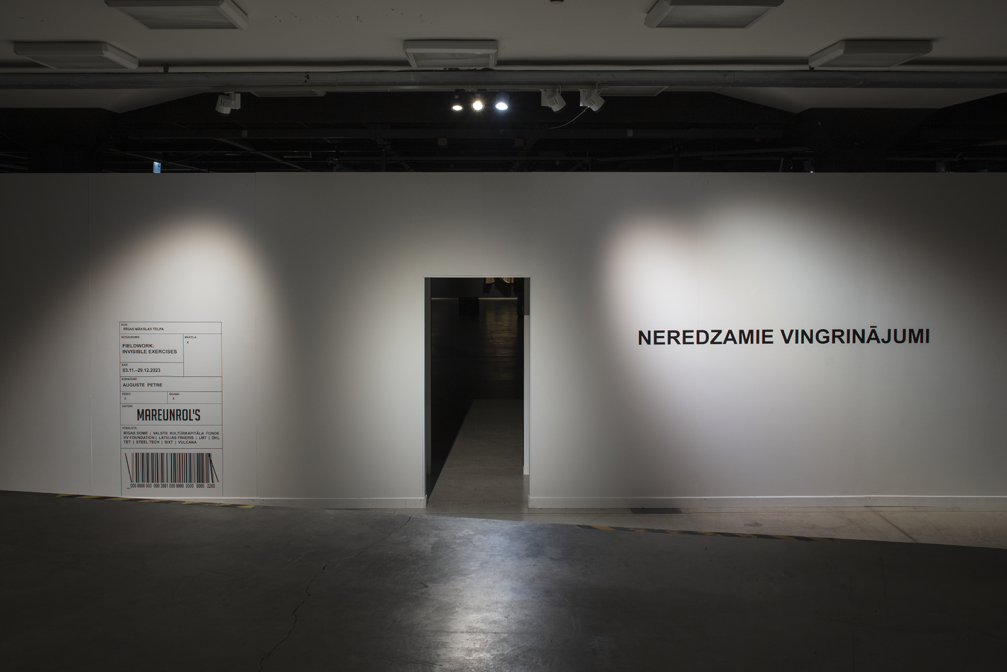

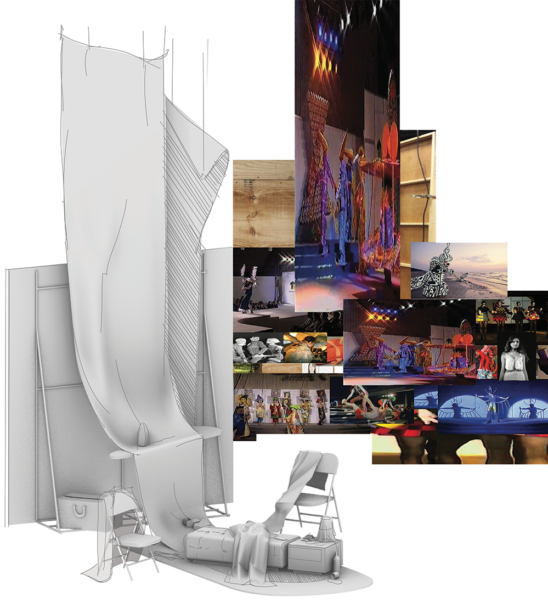
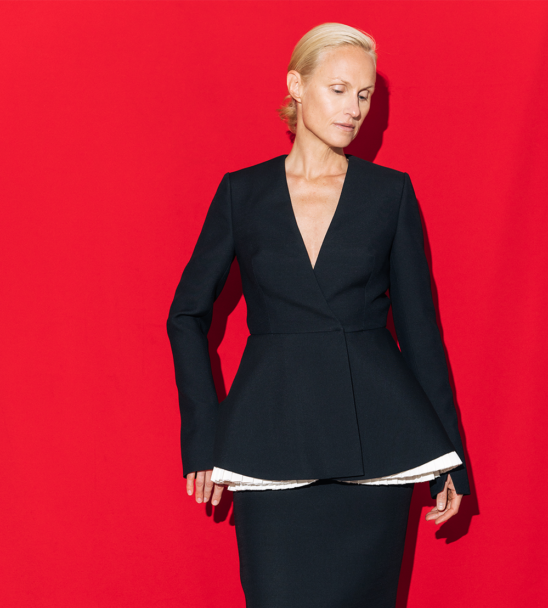
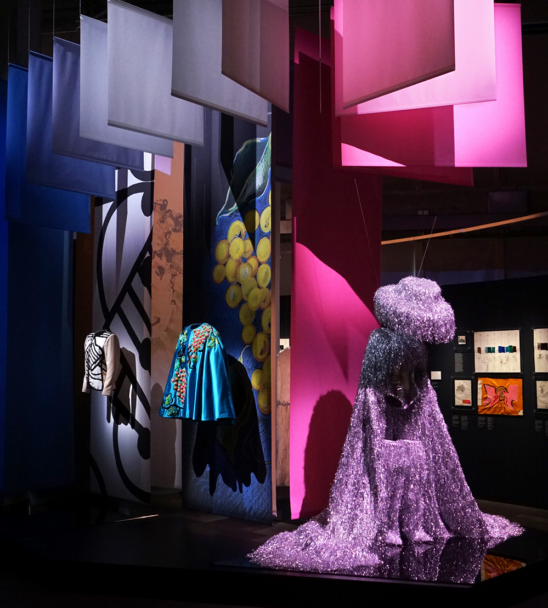
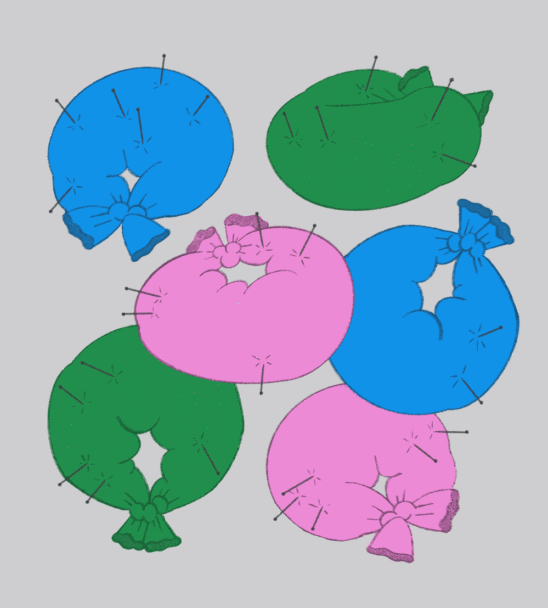
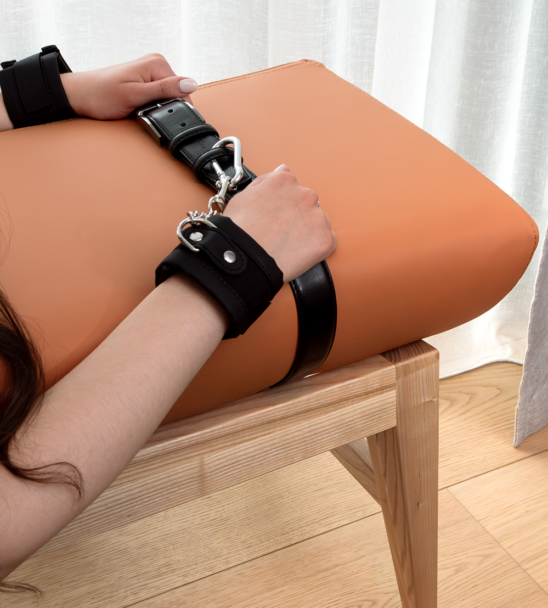
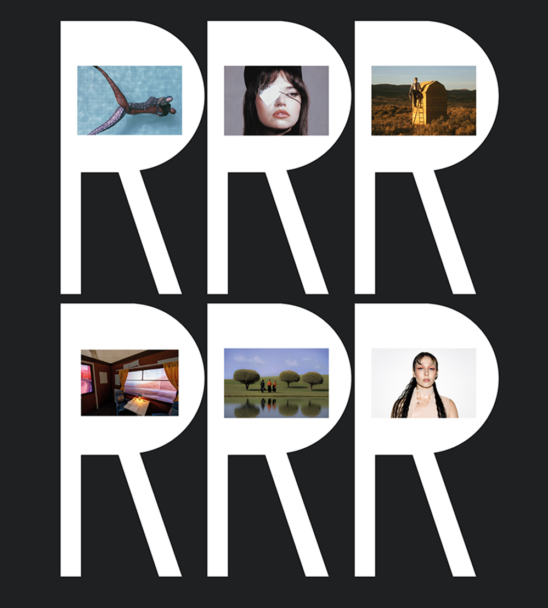
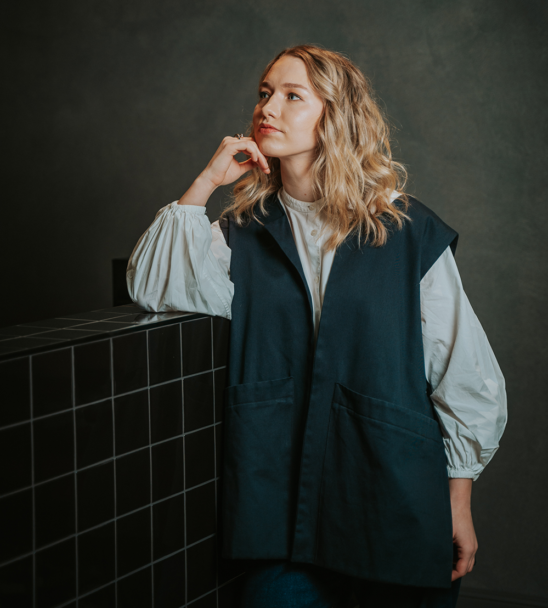
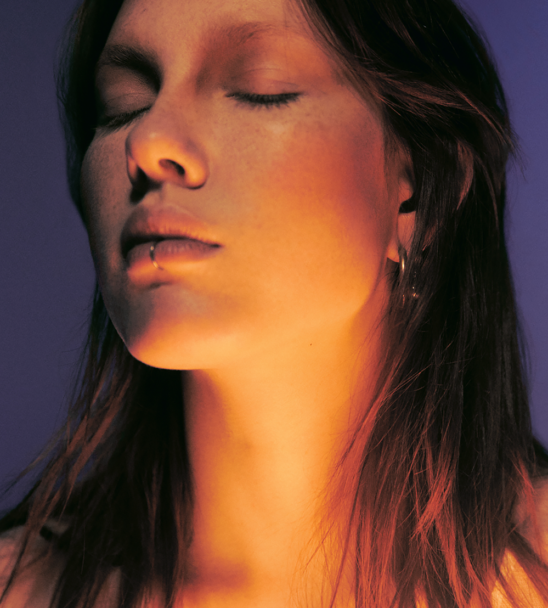
Viedokļi